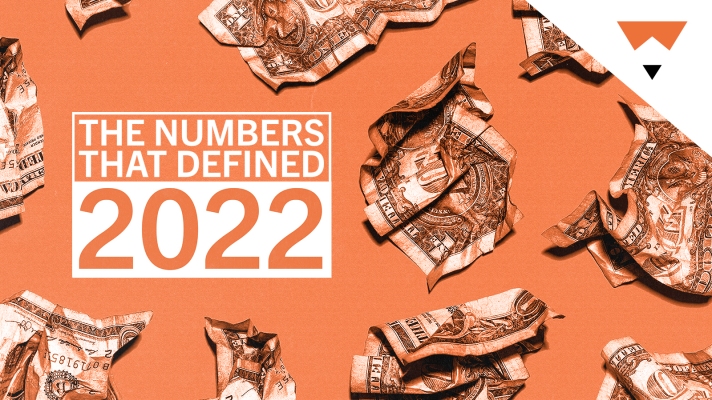This video is part of our series “The Numbers That Defined 2022.”
Transcript
One of the most important numbers of the year that you might not have heard of is 7.8 percent. That’s the share of Americans who were living in poverty in 2021, according to the most recent supplemental poverty rate, which was released by the U.S. Census Bureau in September of 2022. This metric, as opposed to the official poverty rate, captures how many people are living in poverty after accounting for the impact of key government programs targeted at low-income families.
During the pandemic, the government spent unprecedented funds to aid lower-income families. So this is one of the first clear measurements we have of how COVID stimulus influenced poverty in America. And 7.8 percent is, in fact, the lowest recorded poverty rate on record, since the Bureau started tracking this metric. Included in that figure is just 5.2 percent of American children who lived in poverty in 2021, a 46 percent drop from 2020 and also the lowest figure we’ve seen.
A lot of the drop in poverty can be ascribed to the government’s COVID-19 relief efforts in 2020 and 2021, including the expanded child tax credit, which helped significantly reduce child and overall poverty in America by giving low-income families with children extra cash. For all that we often talk about Congress not being able to legislate or being stuck in gridlock, it seems clear that it enjoyed one of the most unquestionable policy victories in recent U.S. history: lifting millions out of poverty.
But of course, it’s more complicated than that. For the same reasons that all that government aid helped reduce poverty, its absence will likely help bring poverty back. You can’t permanently solve poverty with a temporary influx of cash.
The last federal COVID stimulus checks went out all the way back in March of 2021, and the expanded child tax credit was phased out at the end of last year. By early this year, it appeared that child poverty was rising again, and many Americans reported not being able to pay for basic needs. Inflation is a part of that — and some would argue, spurred on by the extra stimulus. And now, rising interest rates — and the fear of a recession — also loom large for lower-income families.
So while just 7.8 percent of Americans living in poverty counts as a policy victory, expect that number to be higher next year.
Additional information about the SPM chart: The Supplemental Poverty Measure (SPM) estimates for 2019 and beyond reflect the implementation of revised SPM methodology; more information is available in “Poverty in the United States: 2021” report from the US Census Bureau, Appendix B. The data for 2017 and beyond reflect the implementation of an updated processing system. The data for 2013 and beyond reflect the implementation of redesigned income questions.


